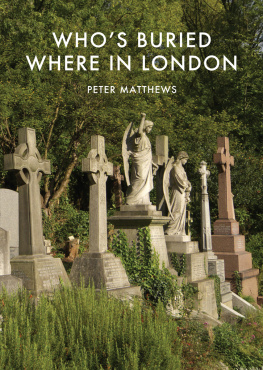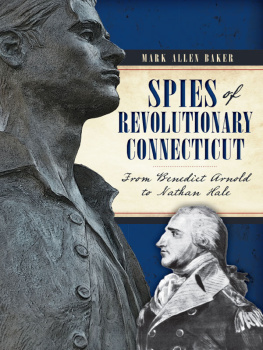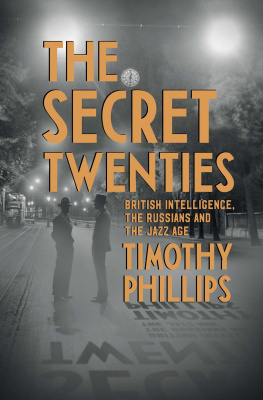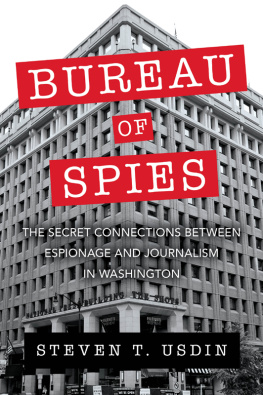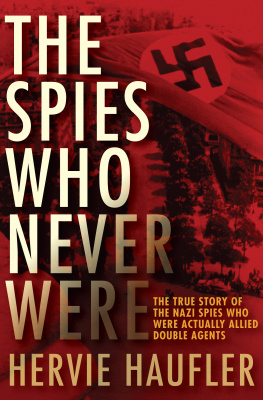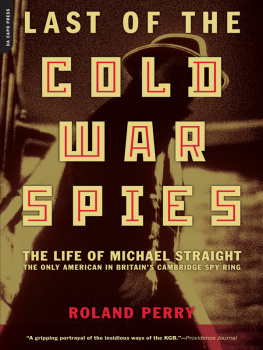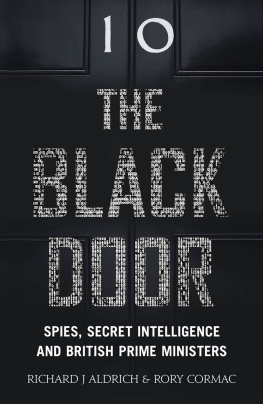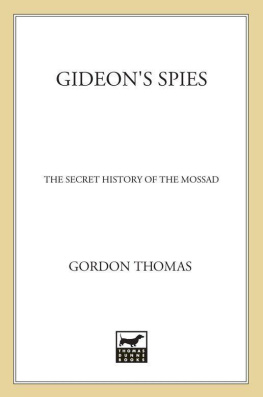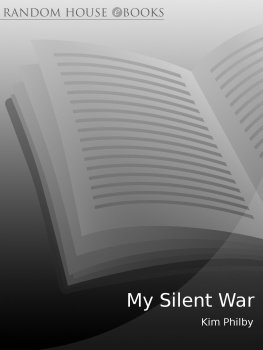

To St Ermins Hotel and its people and my
memories there of times past
First published in 2016
The History Press
The Mill, Brimscombe Port
Stroud, Gloucestershire, GL5 2QG
www.thehistorypress.co.uk
This ebook edition first published in 2016
All rights reserved
Peter Matthews, 2016
The right of Peter Matthews to be identified as the Author of this work has been asserted in accordance with the Copyright, Designs and Patents Act 1988.
This ebook is copyright material and must not be copied, reproduced, transferred, distributed, leased, licensed or publicly performed or used in any way except as specifically permitted in writing by the publishers, as allowed under the terms and conditions under which it was purchased or as strictly permitted by applicable copyright law. Any unauthorised distribution or use of this text may be a direct infringement of the authors and publishers rights, and those responsible may be liable in law accordingly.
EPUB 978 0 7509 8034 0
Original typesetting by The History Press
eBook converted by Geethik Technologies
CONTENTS
AUTHORS NOTE
The world of espionage is complex and so are the organisations that deal in it, therefore I have tried to simplify it a bit for the reader. The Soviet security organisation has gone through a number of transformations before it settled down into the format of KGB (Committee of State Security), which everyone seems to know. I have largely ignored the various transformations that it has gone through and stuck with the initials with which most people are familiar. I have taken the same view with MI6, which has not been its title since the 1950s. It is now the Secret Intelligence Service (SIS), but that is not the old familiar label that everyone knows so I have stuck with MI6 for at least most of the book, with an occasional reference to the service.
Peter Matthews
2016
FOREWORD
by Mark Birdsall
There are hundreds of buildings in London inextricably linked to monumental moments in the world of espionage and intelligence, perhaps none more so than St Ermins Hotel. A perusal of documents linked to this aspect of the hotel hardly begins to touch upon the meetings and decisions made within its rooms that impacted so many people and changed history.
London is quite rightly known as the spy capital of the world. Some of the oldest intelligence services were formed here and for centuries the greatest spies and their catchers played cat and mouse on its city streets. Its reputation and links to intelligence go much deeper. One could argue that todays international intelligence services owe much to the pioneers often working from tiny offices, who a little over a century ago created services that would evolve into what we now know as MI5 (Security Service), MI6 (Secret Intelligence Service) and GCHQ (Government Communications Headquarters).
Every century brings new challenges for people who work in the shadows. For those London-based operators charged with intelligence collection and security at the outbreak of the First World War in 1914, managing and developing a dedicated spy service was truly a daunting task. The names of Cumming, Kell, Knight and Hall instantly spring to mind, but there were so many others, including ministers tasked with raising suitable finances. Thankfully the seeds of what was initially known as the Secret Service Bureau had been sown in 1909, thus when war did break out Britain had a hidden advantage.
It quickly became evident that defeat of Germany and the Kaiser would require implementation of both old and new intelligence techniques, including deception operations and ruses. The organisation and operation necessary became a complex affair. And whilst London planners successfully planted spies in Europe and elsewhere, it was evident they would need to counter tactics launched by Berlin. To compound matters further, propaganda became an integral ingredient in the great game. Henceforth what emerged was an array of services and operations often linked to civilian concerns such as newspapers, broadcasters, film studios and even entertainers who could travel and report back observations. Many of these communications were written in code or secret inks, requiring the services of brilliant academics and analysts. And, of course, locations were required to plan, discuss, support and, yes, wine and dine the spies who were helping Great Britain in the Great War. Enter St Ermins Hotel close to Parliament and other places of importance, it was ideal for conducting business and taking moments to relax.
Britain and her allies defeated Germany but just two decades later the flames of war would consume Europe and other regions of the world again. However, this time the intelligence services of Britain would face a much tougher opponent and an equally cunning Abwehr (German Intelligence) headed by Admiral Canaris. In London, Churchill soon recognised MI6 had but a scant network of agents on the Continent to fight what was going to be a very dirty war. Thus he gathered a number of trusted associates and soon the emergence of a pseudo-military intelligence organisation emerged the Special Operations Executive (SOE). MI6 hierarchy were not happy but the men and women of the SOE charged with setting Europe ablaze soon proved their worth. To compound matters, the intelligence directorate and offices of the SOE were based in St Ermins Hotel just opposite a suite of rooms occupied by MI6 planners! Obviously many other buildings in London and beyond were used by British Intelligence and the SOE, but the hotel became a hub of divergent intelligence activity. As this uneasy truce continued, at least MI6 and the SOE forged ahead with developing their tradecraft, and the creative wings of both organisations produced an array of gadgets, bombs, maps, containers, secret cameras, etc Then the Americans arrived in London and soon its version of the SOE, the Office of Strategic Services (OSS), began occupying various buildings. It was also during this haunting period that a number of guests and visitors to St Ermins began their careers in the Foreign Office and intelligence. Some of these characters have been quite rightly described as infamous. Several were already in the pay of spymasters in faraway Moscow.
In 1945, as the war theatres of Europe and the Far East fell silent, there was optimism around the world that a lasting peace would lead to a greater understanding between peoples. Not a chance. Russia refused to pull back its troops and half of Europe was consumed behind what Churchill dubbed an Iron Curtain in 1946. The Cold War had begun and with it an enduring spy saga that continues to this day.
I am, of course, referring to the great game played out between the West and East involving spies, agents, counter-espionage officers, subversives, controllers and even assassins. For more than a century agencies such as MI6, MI5 and their friends at the CIA (born from the embers of the OSS), have been engaged in a secret war involving intelligence collection. And many of the operators have plied their trade on the streets of London.
There have been thousands of books written on the activities of spies and intelligence people who were based in London. Some were written by the operators themselves, including the likes of MI5s Peter Wright of Spycatcher fame, but most contain materials sourced from archives from the secret spy wars, particularly from the twentieth century.
Next page

